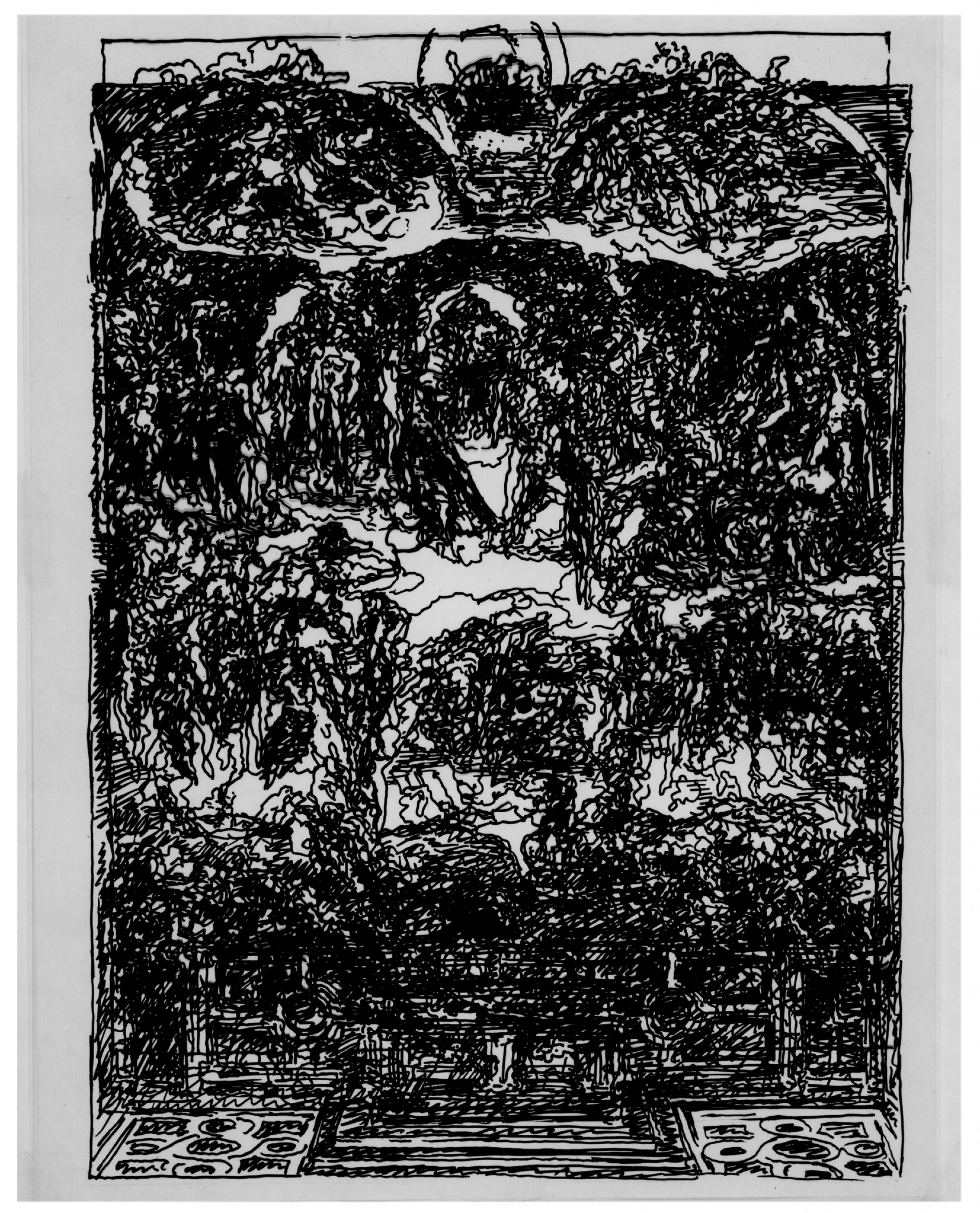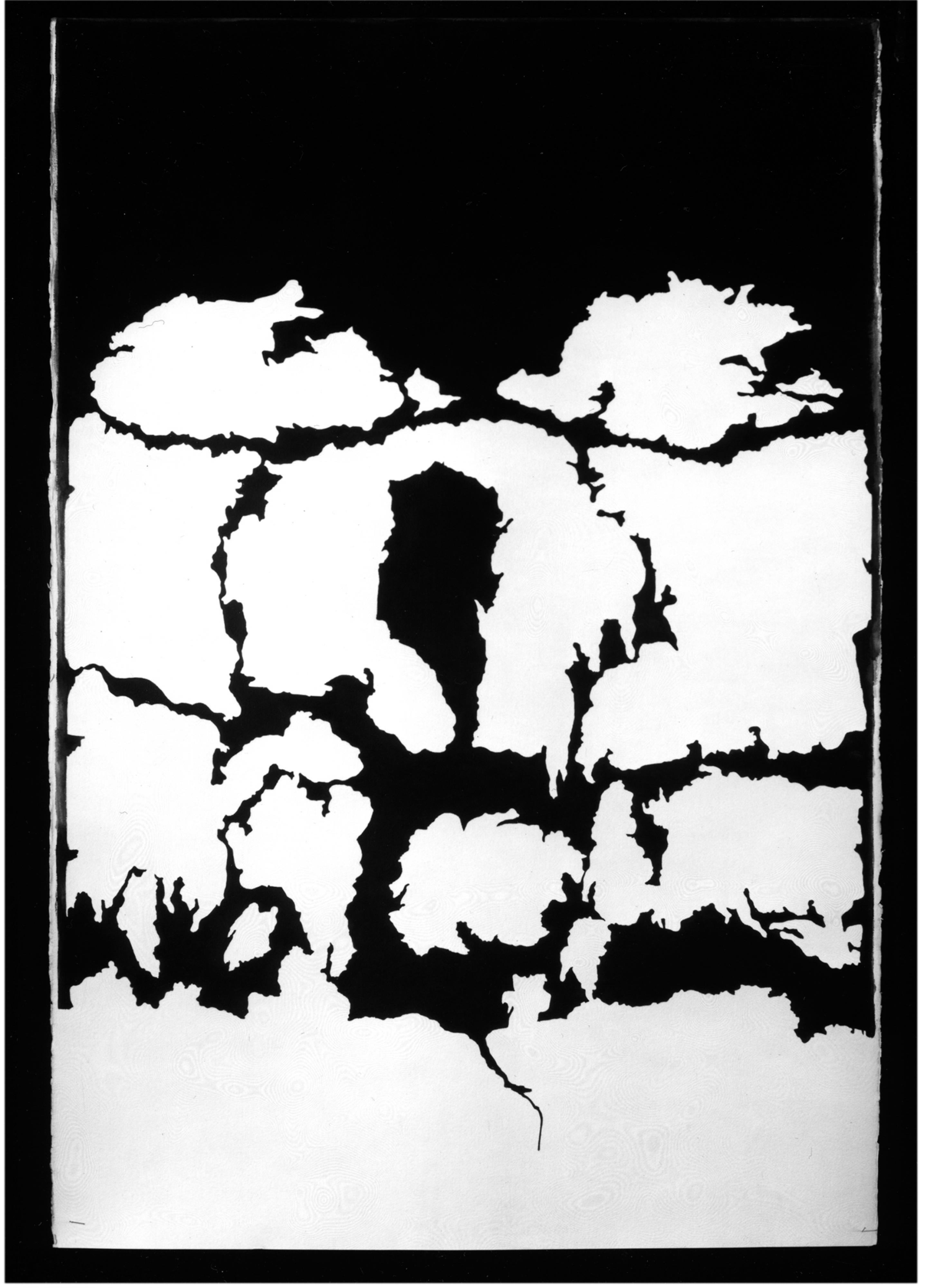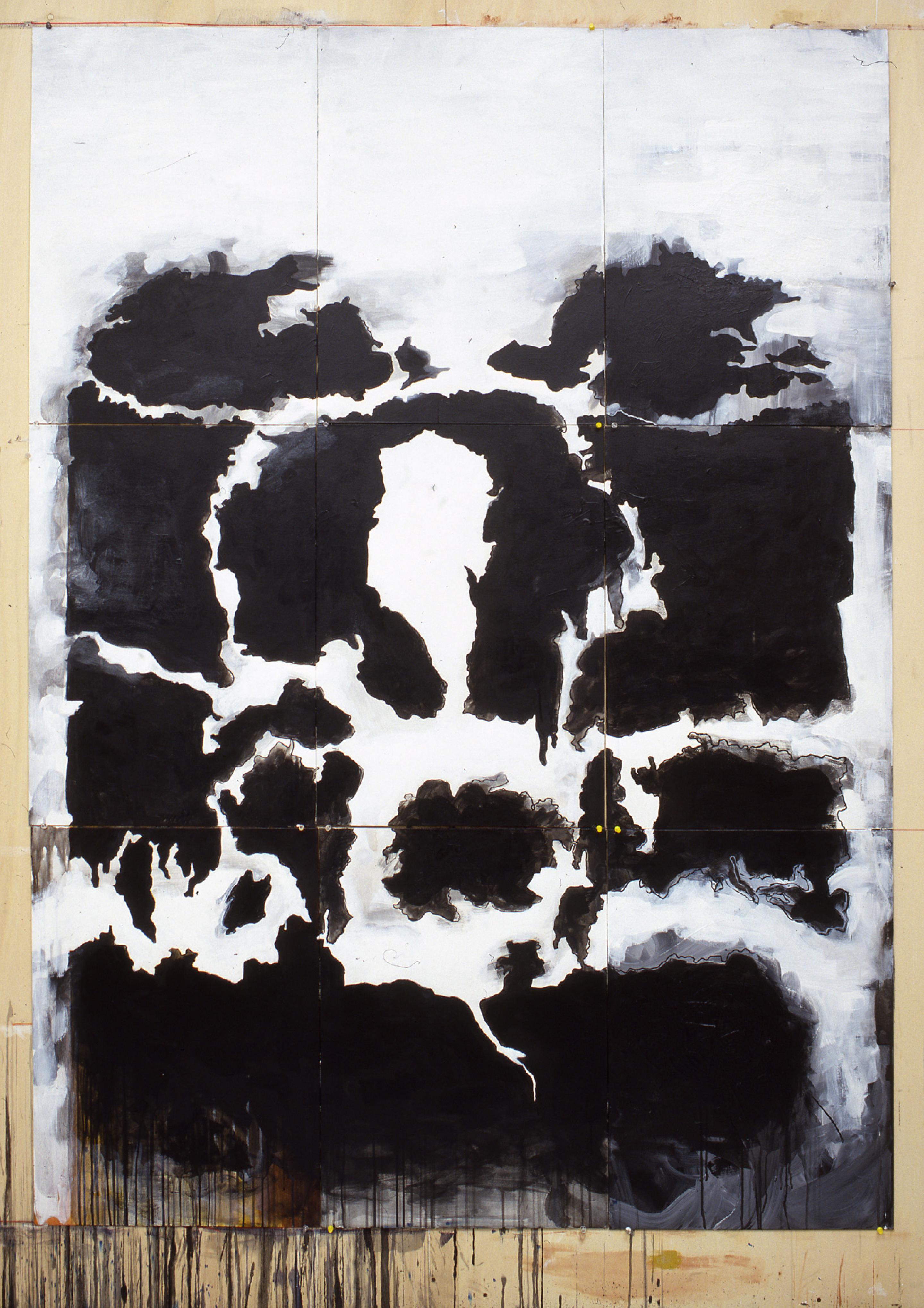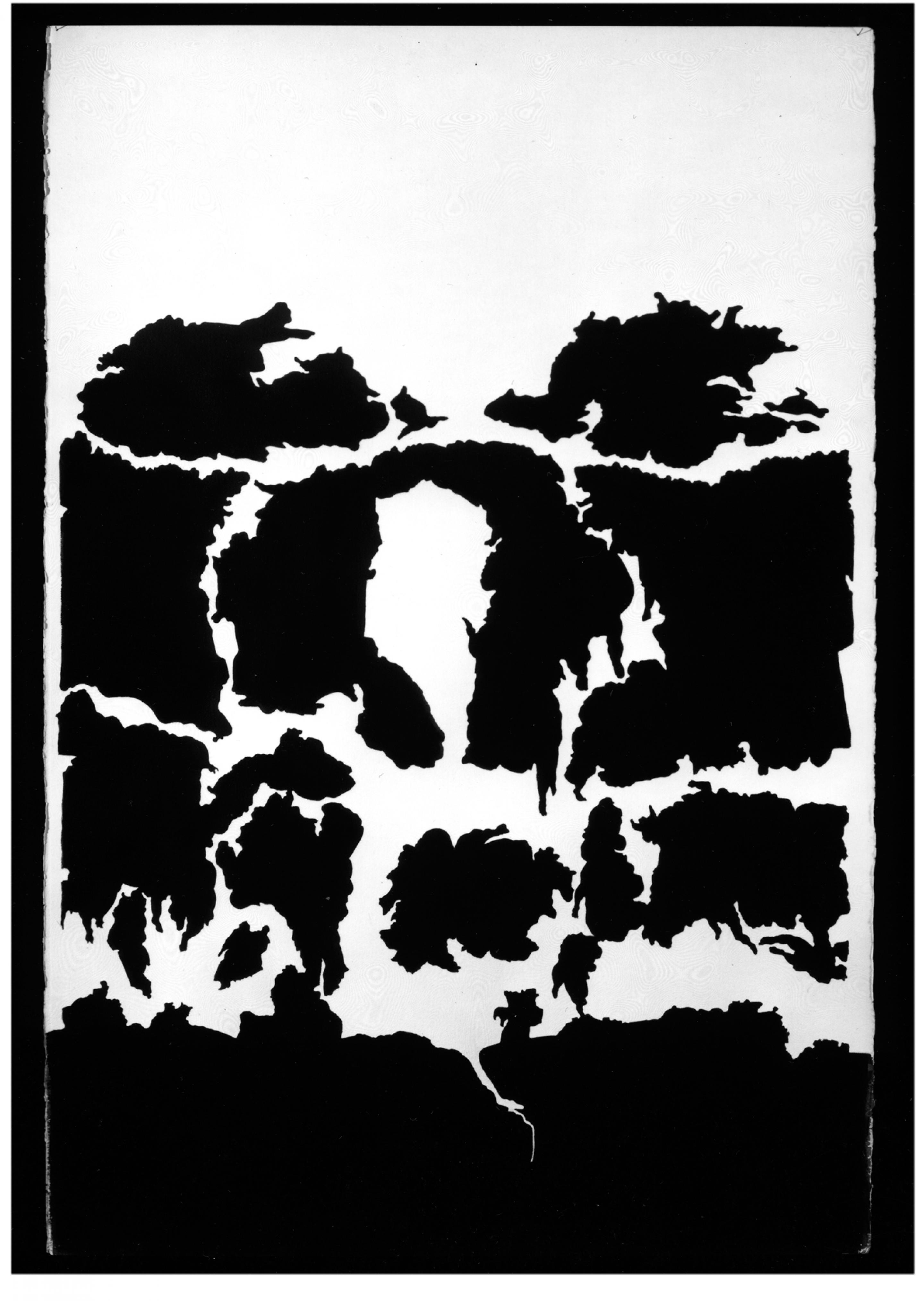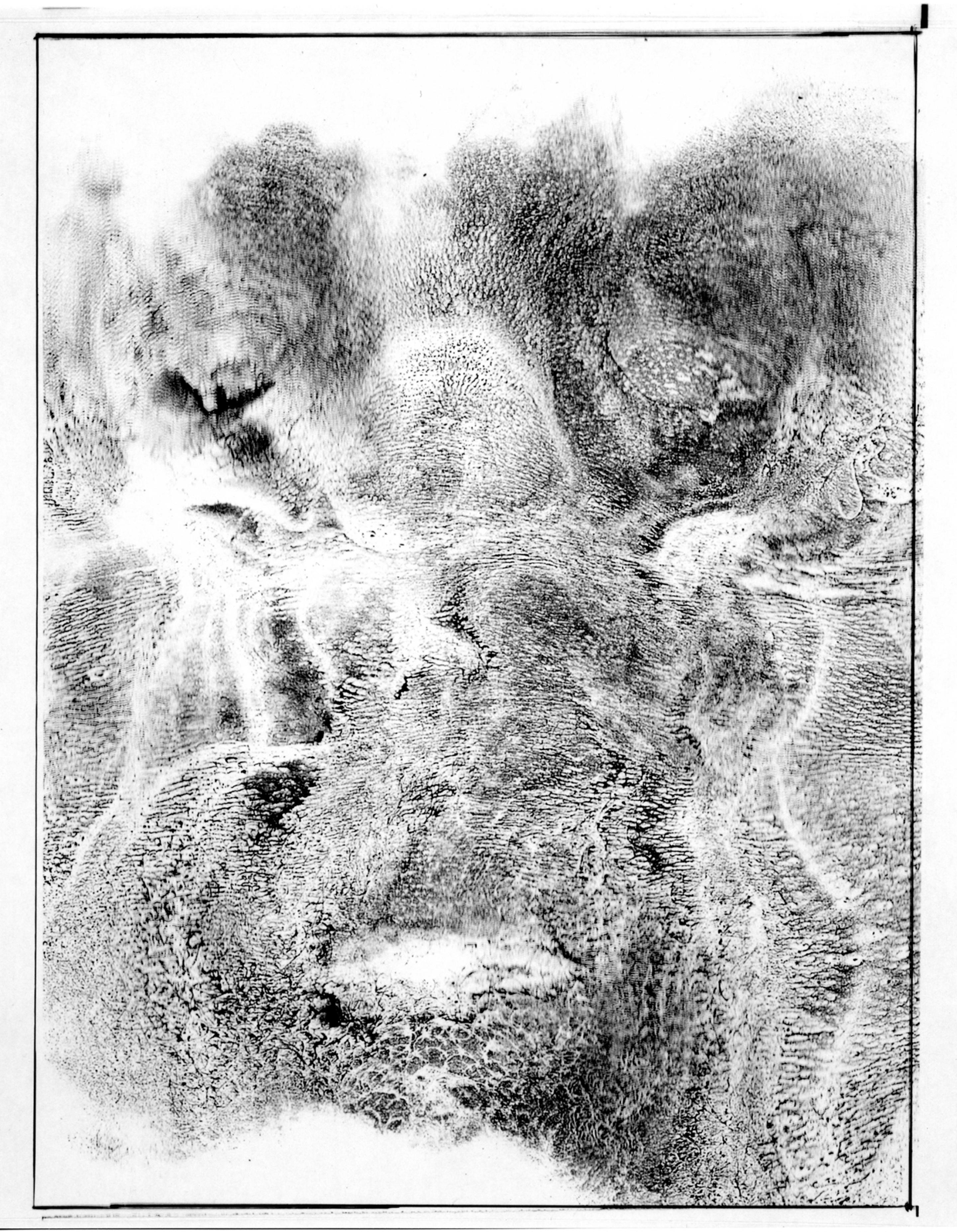AdrianoALTAMIRA
Adriano Altamira. Attraverso il Giudizio – Opere e meditazioni sulla Cappella Sistina 1997 - 2007
06.2008–06.2008
Adriano Altamira. Attraverso il Giudizio – Opere e meditazioni sulla Cappella Sistina 1997 - 2007
06.2008–06.2008
1/5
Adriano Altamira
Tre giudizi sovrapposti, 1996
Mixed media on acetate printed on photographic film
70 x 50 cm
Tre giudizi sovrapposti, 1996
Mixed media on acetate printed on photographic film
70 x 50 cm
Press Release
Adriano Altamira
Attraverso il Giudizio – Opere e meditazioni sulla Cappella Sistina 1997 - 2007
Opening: May 15, 2008
May 16 – June 13, 2008
Attraverso il Giudizio – Opere e meditazioni sulla Cappella Sistina 1997 - 2007
Opening: May 15, 2008
May 16 – June 13, 2008
The Marconi Foundation is delighted to present an exhibition by Adriano Altamira Attraverso il Giudizio – Opere e meditazioni sulla Cappella Sistina 1997-2007.
This is Adriano Altamira's third solo show at Giorgio Marconi's exhibition space.
The first two exhibitions (respectively in 1979 and 1989) included photographs and drawings, executed with special techniques; actually, most of Altamira's works are focused on the study of new media.
Altamira has employed painting only twice: at the beginning of the Eighties with the series of his big-sized Finestre (1980-1986 ca.) and in the last ten years with his meditation on the Giudizio by Michelangelo.
This is Adriano Altamira's third solo show at Giorgio Marconi's exhibition space.
The first two exhibitions (respectively in 1979 and 1989) included photographs and drawings, executed with special techniques; actually, most of Altamira's works are focused on the study of new media.
Altamira has employed painting only twice: at the beginning of the Eighties with the series of his big-sized Finestre (1980-1986 ca.) and in the last ten years with his meditation on the Giudizio by Michelangelo.
In a series of large works on paper displayed at the Marconi Foundation, Altamira has conducted a curious pictorial speculation starting from the architectural composition of Michelangelo's great fresco, turning it into a purely abstract formal possibility; at first, in black and white, then using range of colours suggesting an intentional and refined mannerism – like gold, silver and some other iridescent and metallic hues.
In these works the Giudizio has lost its traditional value of sacred representation in order to become a tragic imprint, as if it were the secular shroud of a human adventure pushing the boundaries of possibility.
In these works the Giudizio has lost its traditional value of sacred representation in order to become a tragic imprint, as if it were the secular shroud of a human adventure pushing the boundaries of possibility.
